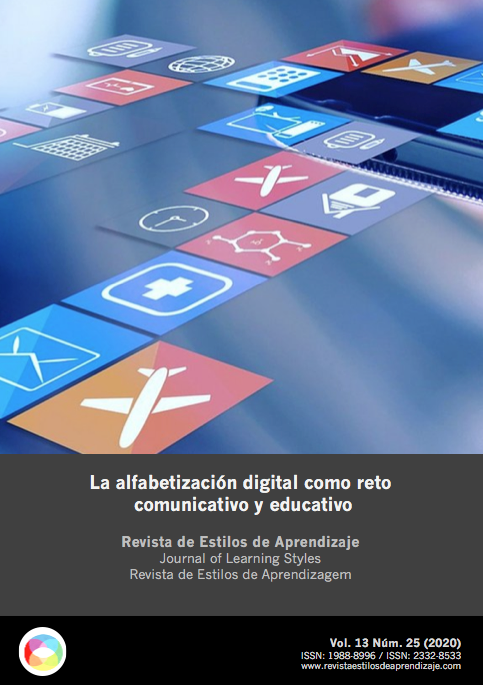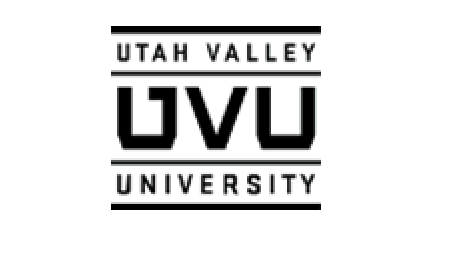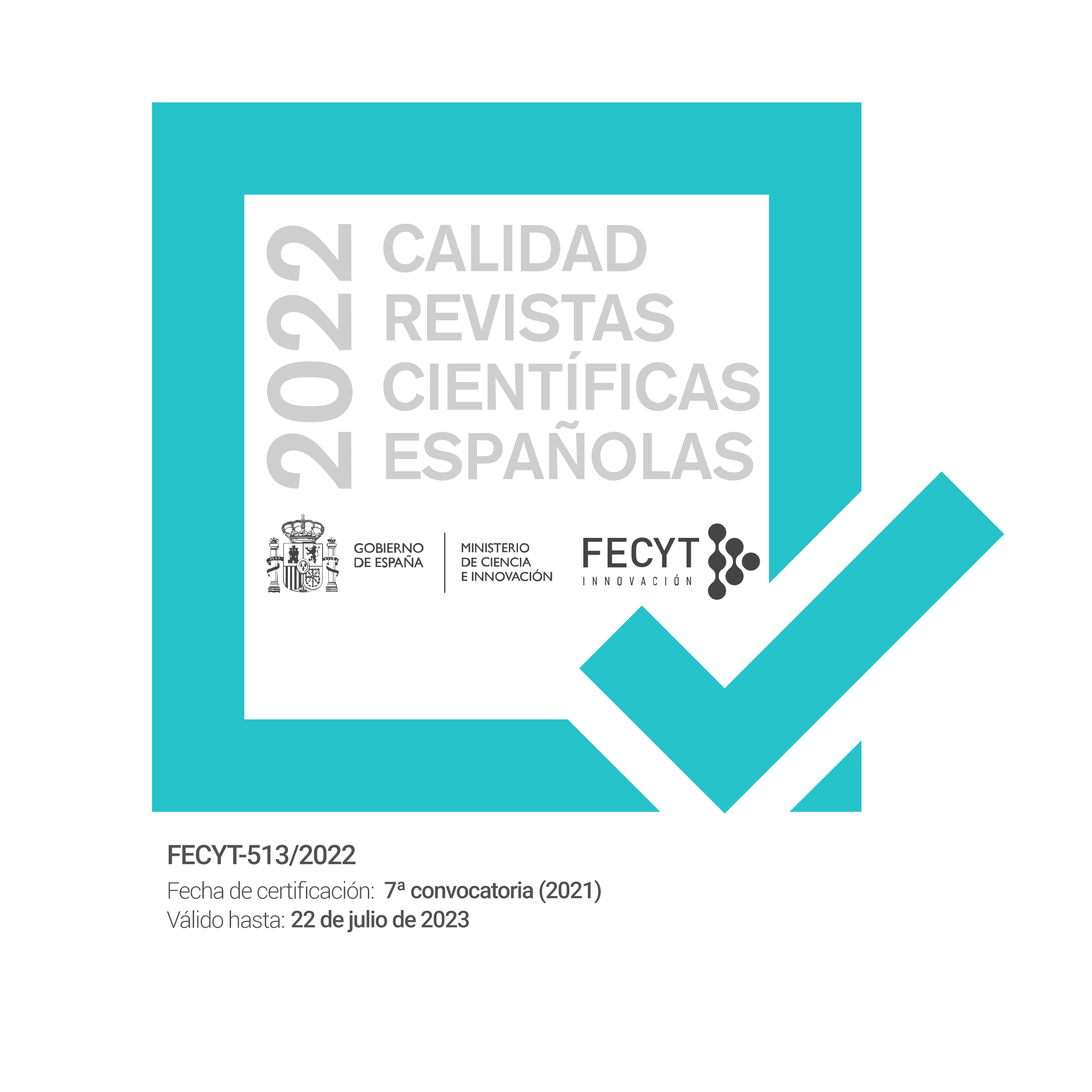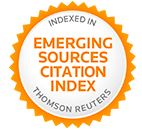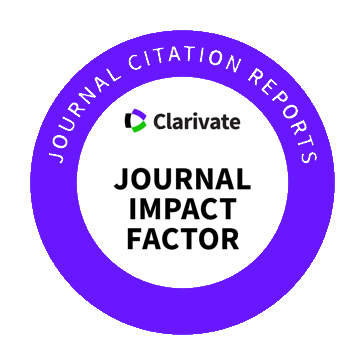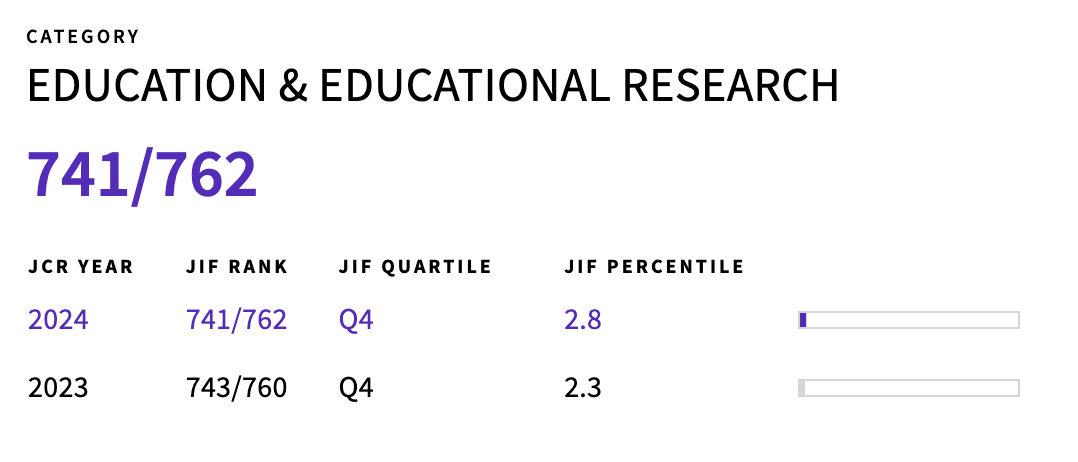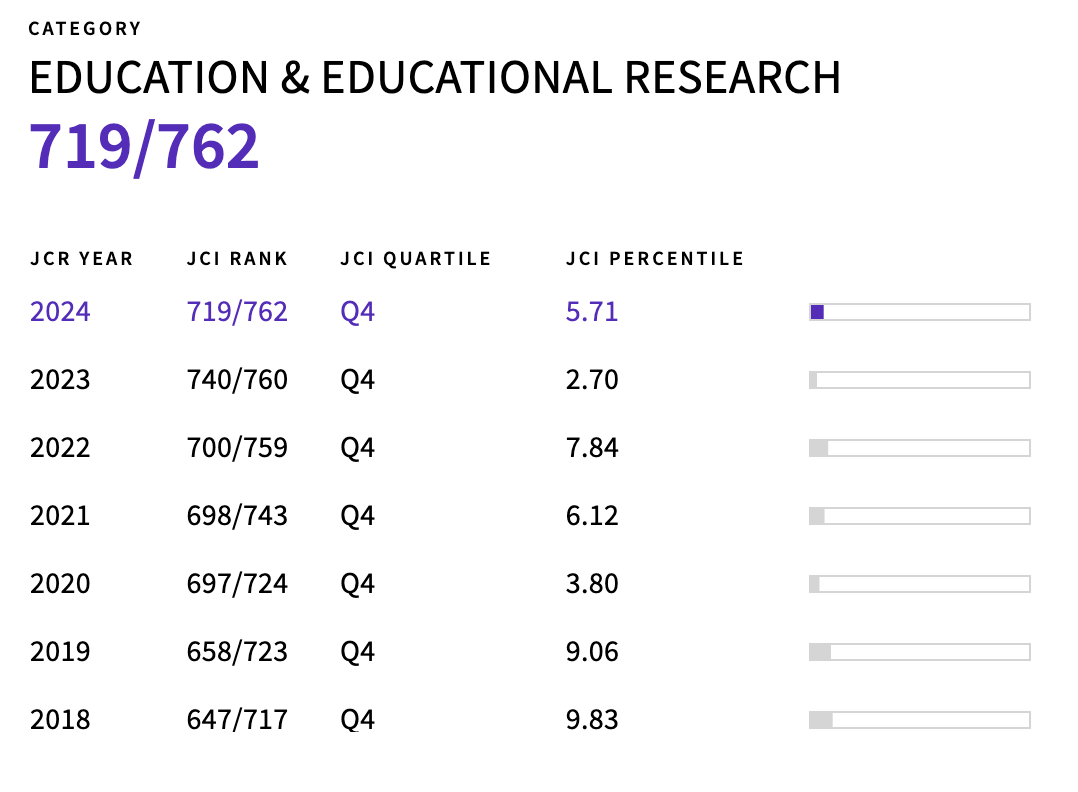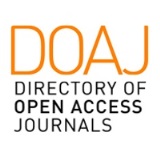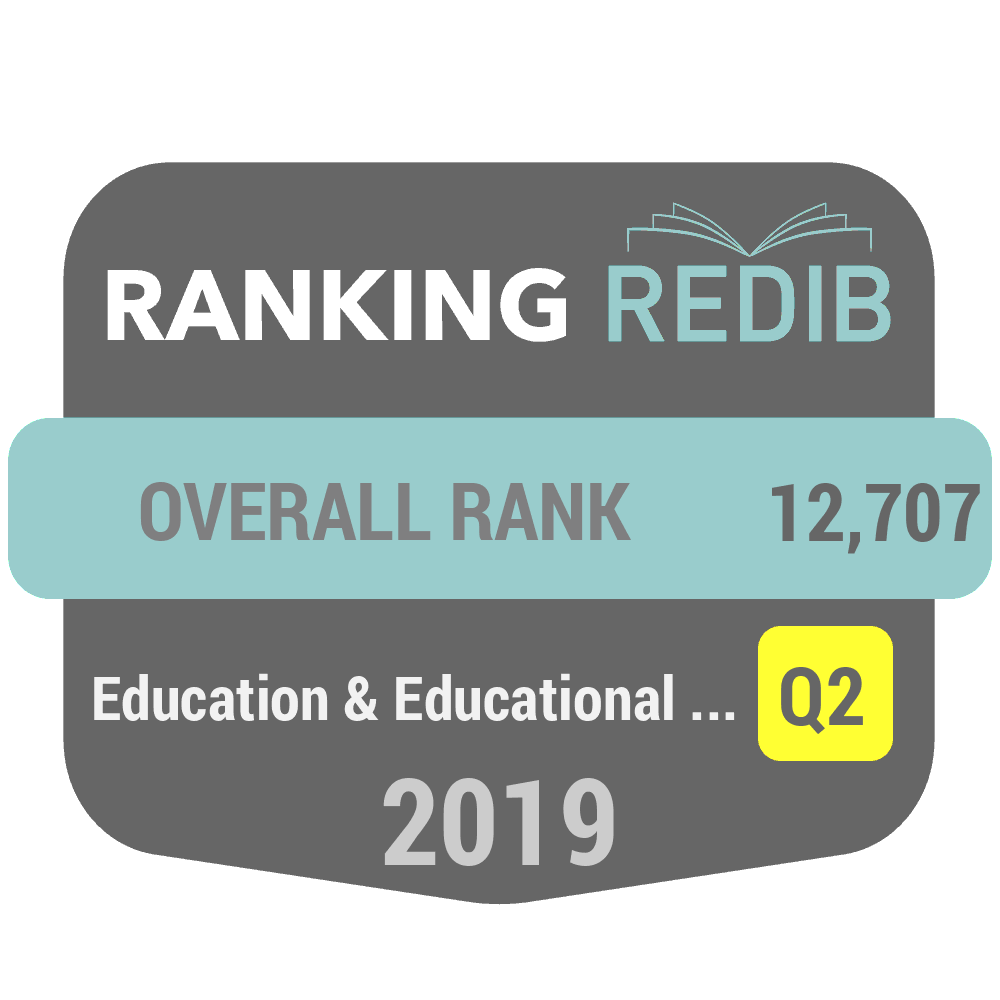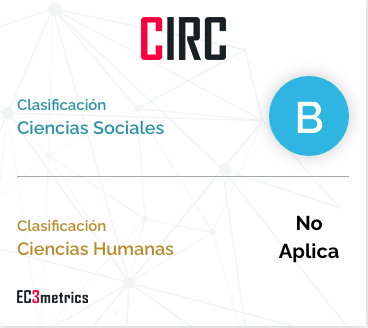Sources certified to the Fake News.The case of Facebook, Google and Microsoft against disinformation during Covid-19
DOI:
https://doi.org/10.55777/rea.v13i26.2158Keywords:
COVID-19, Fake News, Health crisis, DisinformationAbstract
Fakes news has become one of the main problems of our communicative ecosystem. Although this information usually leads to doubts or distortions of reality, during the health crisis caused by COVID-19 they have become an added problem by proposing and affirming to audiences forms of prevention, procedures or medicines that not only do not serve to prevent this disease, but can even be counterproductive or harmful. It is here that the detection of false news plays an essential role, as well as its subsequent verification. This study addresses this issue by identifying the tools that have been implemented by large technology companies to reduce and limit the spread of fakes news. To this end, the methodology focuses on the collection and analysis of these tools while the conclusions show that the processes followed by these companies that massively distribute information are based on the traditional media pillars of journalism. Therefore, in a convulsive stage where media agitation and disinformation are rewarded, the value of traditional journalism is revalued.
Downloads
References
Aguaded, I., & Romero-Rodríguez, L. M. (2015). Mediamorfosis y desinformación en la infoesfera: Alfabetización mediática, digital e informacional ante los cambios de hábitos de consumo informativo. Education in the Knowledge Society, 16(1), 44-57.
Alcolea-Díaz, G., & Reig, R. M. (2020). Currículo de Alfabetización Mediática e Informacional de la UNESCO para profesores desde la perspectiva de la Estructura de la Información. Comunicar, 27(62), 103-114.
Asociación de la Prensa de Madrid. (2019). Informe de la Profesión Periodística 2019. Madrid.
Berganza Conde, M., & Ruiz San Román, J. A. (2010). Investigar en comunicación: Guía práctica de métodos y técnicas de investigación social en comunicación. Aravaca (Madrid): McGraw-Hill Interamericana de España
Betancur Betancur, J. G. (2004). La delgada línea entre la información, la desinformación y la propaganda. Reflexión Política, 6(12), 80-93.
Blanco-Herrero, D., & Arcila-Calderón, C. (2019). Deontología y noticias falsas: estudio de las percepciones de periodistas españoles. El profesional de la información, 28(3), 1-13.
Brummette, J., DiStaso, M., Vafeiadis, M., & Messner, M. (2018). Read All About It: The Politicization of "Fake News" on Twitter. Journalism & Mass Communication Quarterly, 95(2), 497-517.
Buckingham, D. (2019). Teaching Media in a ‘Post-Truth’ Age: Fake News, Media Bias and the Challenge for Media Literacy Education.
Alfabetización Mediática e Informacional. Curriculum para Profesores. Organización de las Naciones Unidas para la Educación, la Ciencia y la Cultura.
Casero-Ripollés, A. (2020). Impact of Covid-19 on the media system. Communicative and democratic consequences of news consumption during the outbreak. El profesional de la información, 29(2), 1-12.
Debord, G. (167). La Sociedad del Espectáculo. Revista Observaciones Filosóficas.
Evangelista Pintado, J. M. (2020). La desinformación: una aproximación al estado de la cuestión. Revista General de Marina, 511-522.
Flores Vivar, J. M. (2020). Datos masivos, algoritmización y nuevos medios frente a desinformación y fake news. Bots para minimizar el impacto en las organizaciones. Comunicación y Hombre (16), 101-114.
González-Fernández, N., Ramírez García, A., & Aguaded Gómez, I. (2019). Media Literacy in Family Stages. Diagnosis, Requirements and Training Proposal. Education in the Knowledge Society, 1-13.
Google. (2020). Alerta sobre el COVID-19. Recuperado de https://bit.ly/36wU4bL
Gutiérrez, A., & Tyner, K. (2012). Educación para los medios, alfabetización mediática y competencia digital. Comunicar, 19(38), 31-39.
Jin, K.-X. (31 de enero de 2020). Coronavirus: cómo protegemos e informamos a nuestra comunidad. Recuperado de Facebook: https://about.fb.com/ltam/news/2020/01/coronavirus-como-protegemos-e-informamos-a-nuestra-comunidad/
Kendall, A., & McDougall, J. (2012). Alfabetización mediática crítica en la postmodernidad. Comunicar, 19(38), 21-29.
Lee, N. (2018). Fake news, phishing, and fraud: a call for research on digital media literacy education beyond the classroom. Communication Education(4), 460-466.
Lotero-Echeverri, G., Romero-Rodríguez, L. M., & Pérez Rodríguez, M. (2018). Fact-Checking vs Fake Neews: Periodismo de confirmación como recurso de la competencia mediática contra la desinformación. Index Comunicación, 2(8), 295-316.
Magallón-Rosa, R. (2018). Nuevos formatos de verificación. El caso de Maldito Bulo en Twitter. Sphera Publica, 1(18), 41-62.
Maldita.es. (s.f.). El coronavirus y sus bulos. Recuperado de Maldita.es : https://maldita.es/malditobulo/2020/05/06/coronavirus-bulos-pandemia-prevenir-virus/
Microsoft. (2020). Seguimiento de COVID-19. Recuperado de Bing: https://bing.com/covid/local/spain?form=COVD07
Mihailidis, P., & Viotty, S. (2017). Spreadable Spectacle in Digital Culture: Civic Expression, Fake News, and the Role of Media Literacies in “Post-Fact” Society. American Behavioral Scientist, 61(4), 441-454.
Nelson, J. L., & Taneja, H. (2018). The small, disloyal fake news audience: The role ofaudience availability in fake news consumption. new media & society, 20(10), 3720-3737.
Noticias, P. (6 de abril de 2020). La crisis del coronavirus ha aumentado un 33% el número de noticias sobre “fake news”. PR Noticias. Obtenido de https://bit.ly/3deucRJ
Olmo y Romero, J. A. (2019). Desinformación: concepto y perspectivas. Real Instituto elcano Royale Institute, 1-8.
Pablos Coello, J. M. (2008). El frenesí comunicativo como desinformación. Comunicar, 16(31), 173-179.
Ruiz Olabuénaga, J. I. (2012). Teoría y Prácitca de la Investigación Cualitativa. Bilbao: Deusto Digital.
Sierra Bravo, R. (1998). Técnicas de Investigación Social Teoría y ejercicios. Madrid: Editorial Paraninfo.
Tandoc Jr, E., Ling, R., Westlund, O., Duffy, A., Goh, D., & Wei, L. Z. (2018). Audiences’ acts of authentication in the age of fake news: A conceptual framework. new media & society, 20(8), 2745–2763.
UNESCO. (s.f.). Orientación Normativa y Estratégica de la Alfabetización Mediática e Informacional (MIL). Recuperado de UNESCO: https://es.unesco.org/news/unesco-publica-orientaci%C3%B3n-normativa-y-estrat%C3%A9gica-alfabetizaci%C3%B3n-medi%C3%A1tica-e-informacional-mil
Downloads
Published
How to Cite
Issue
Section
License
By submitting the original, the author(s) declare that they are aware of and accept, in full, the privacy policy as well as the copyright of the Learning Styles Magazine.
The Learning Styles Magazine offers free and open access to its content, completely free of charge, in order to bring scientific research to its readers and society in general. All digital contents are free and open access and are published under a Creative Commons license:

Rights are granted under the Creative Commons Reconocimiento-NoComercial-SinObraDerivada 4.0 Internacional (CC-BY-NC-ND 4.0)
The Learning Styles Magazine is an open access journal. Publication of articles or reviews in the Journal does not entitle you to any remuneration. For authors as well as readers, the journal is free Creative Commons Reconocimiento-NoComercial-SinObraDerivada 4.0 Internacional (CC-BY-NC-ND 4.0).
With this licence, the reproduction and dissemination of the contents of the magazine for educational, social and knowledge transmission purposes is permitted, without any profit motive in mind, provided that the source and authorship are not modified. The licence granted to Learning Styles Magazine allows the copying and distribution of the magazine's contents, as long as the authorship of the work is recognised, correctly specifying the author and the publishing entity. The work may not be used for commercial purposes, nor may it be altered, transformed or generated from this work.
The publication of articles or reviews in the Journal does not give the right to any remuneration.
The Learning Styles Journal invites the author/authors to increase the visibility and scope of their articles published by re-disseminating them in:
- Web spaces and personal networks, as well as in scientific meetings and forums
- Open institutional archives in Universities, educational repositories and Research Centres.
- Academic and scientific networks (Researchgate, Academia.edu, Plubons, etc.)
All these spaces and publications must include all the bibliographic data of the publication.

